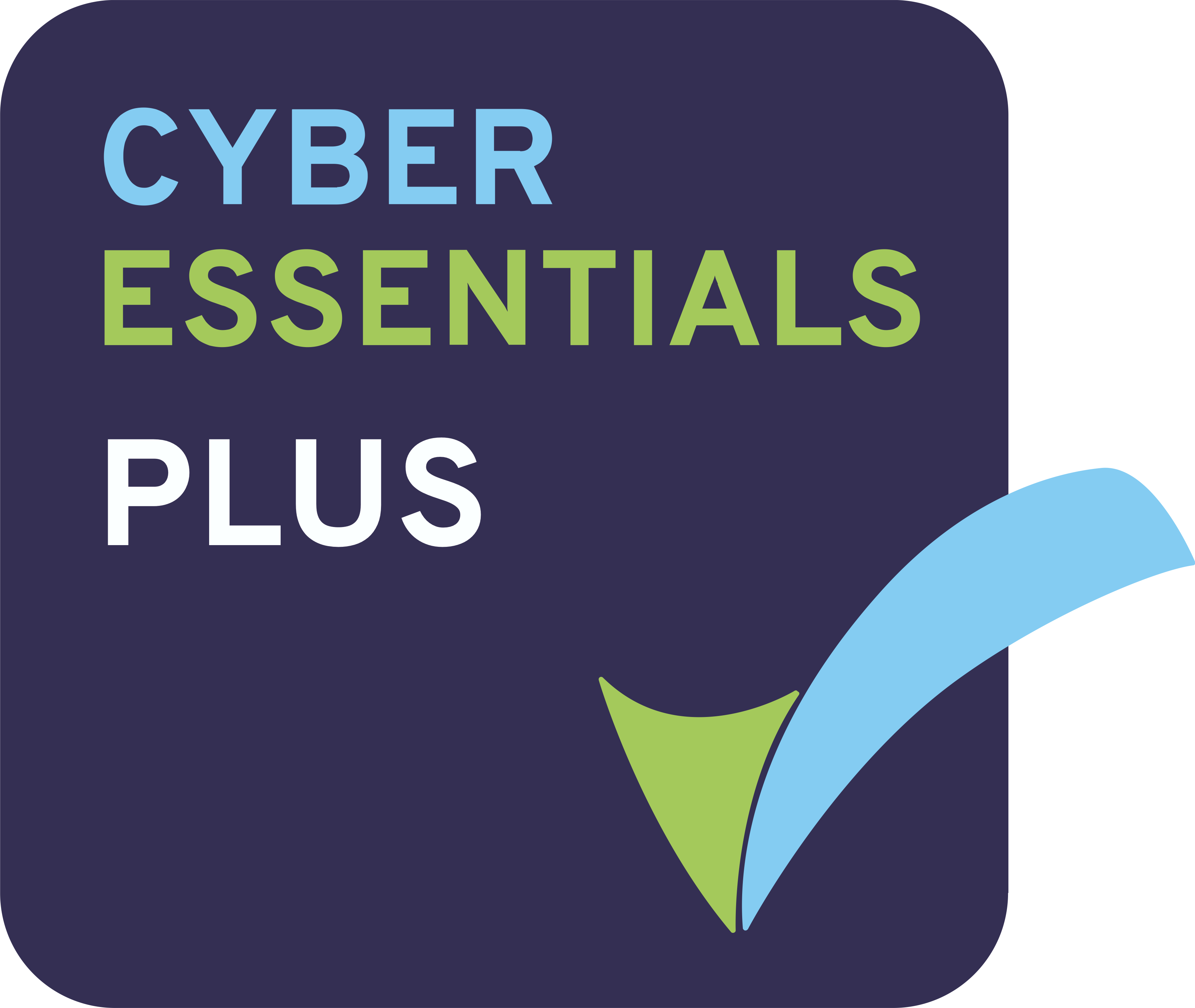People often say the IoT is coming, but really it is already here, though only just. Let me talk you through a few connected versions of devices you may recognise, and you’ll quickly see the pattern emerging.
A common one is the activity tracker. Once bulky devices with rudimentary screens attached, these were some of the first things to go “smart”. A person with an activity tracker can now check all their data from their phone or computer, seeing how far they’ve travelled, the calories they’ve burned, and how well they’ve slept. No need to ever look at the tracker; simply attach it to their body and then keep a track of their data from a connected device.
How about that IoT coffee machine? If I have such a device, I can, from my phone, set how I want my morning coffee; from temperature to coffee selection, and tell my machine to make my coffee, all before getting out of bed. A smart machine may also alert me when it’s running out of coffee beans or milk, or might alert me via a push notification on my phone if a part needs replacing. So far the exact specifications of what constitutes the foundation of an IoT device has not been set into concrete, meaning many similar devices are being released with very different capabilities.
Because we’re so early into the IoT age we also have a lot of hybridising devices. I like to cycle to work, but I’m also security conscious; the few IoT enabled bicycles in existence are too expensive for me, so I’ve turned my bike into an IoT device myself, using accessories. I have a small tag inserted into the frame of my bike, and now from my phone I can track my bicycle’s location. I also have a cycling computer attached, and from my phone or computer I can view my recent cycling habits, GPS tracks, and speed data.
The Internet of Things is already finding its way into every part of our lives. More and more of our devices are connected, and communicating data to each other. The consumer market is only one industry to the IoT is set to revolutionise, however, and arguably has the smallest repercussions for society.
IoT medical devices exist in various forms, and many are going through medical testing. The simplest are medical alarms, designed to alert emergency services when the wearer has an accident. More connected are medical devices designed to monitor the health of the wearer and report these analytics in case they are needed by a health professional.
In the manufacturing industry the IoT has enabled automation on a huge scale, and is set to only improve. An IoT enabled factory can automate its production line, keep track of quantities and stock management, and arrange efficient delivery routes; all without human intervention. This is due to the connection of devices at every stage of the production line.
This is the crux of the IoT. With every device connected, much less input is needed by the end user, and every device can be accessed from a central location. The IoT allows you to access and manage data and tasks for a wide variety of devices from your phone or computer.
This has a huge number of repercussions for business; far too many for me to list here. As our devices and operations become more connected, the questions of security, labour, and management need to be asked and answered.
Where does the IoT lead? That’s the question of a lot of speculators’ lips. There are already plans for connected smart cities, traffic management operations, and more. Every person with an interest in the IoT has their own predication on where it will lead.
This sounds like science-fiction; a far off future that we’ll never see, but this is already being implemented in many industries across the world. For now we may be limited to appreciating the convenience of finding our cars using our phones, or seeing from our computers how far along their paths our packages have travelled to us, but there are big opportunities for the IoT in the future.




Leave a Reply
Want to join the discussion?Feel free to contribute!